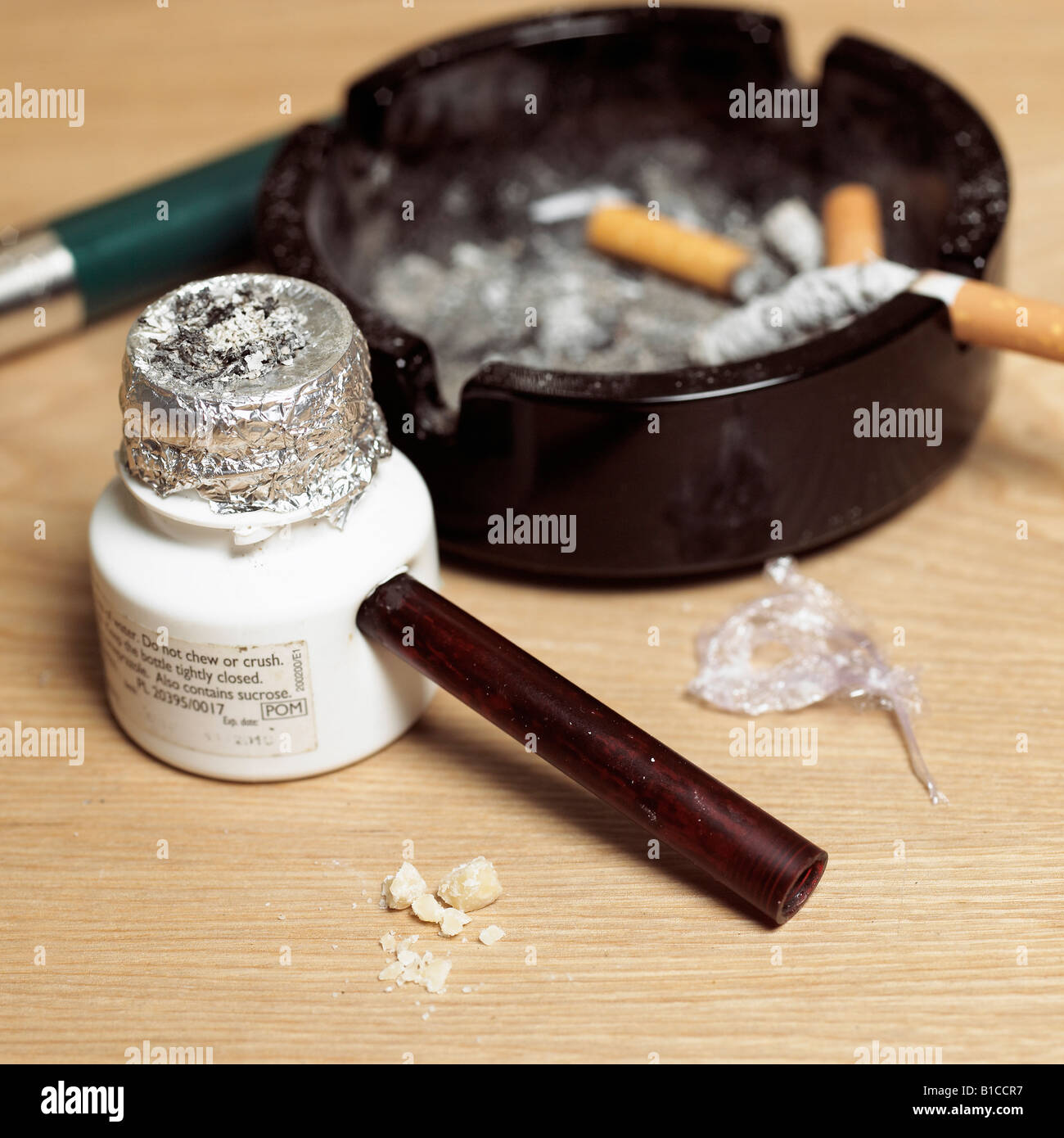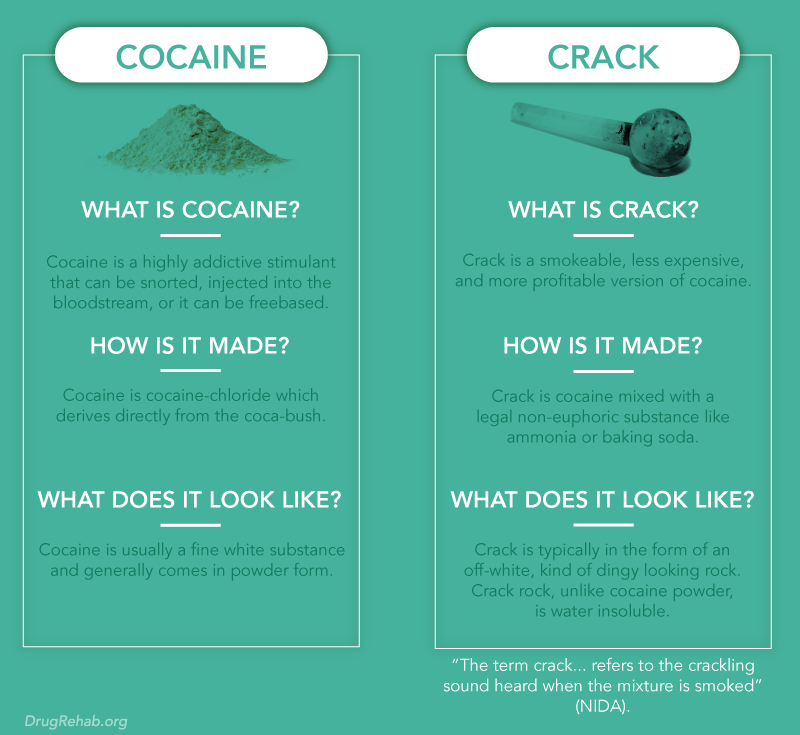How To Make Crack Cocaine On A Spoonful Of Comfort


This is what SWIDP normally does. Use a small clean dry test tube and pour your cocaine in it and add dH2O (0.4ml per gram). Drop clear household ammonia one drop at a time until it looks milky white (about 7 to 10 drops per gram). Fill the test tube with ether (3.5ml per gram) and shake well for 30 seconds. Then these are my tools/ingredients: metal spoon metal butter knife baking soda bottled water metal sewing needle lighter (cocaine) Cooking small ammounts of crack, and best homeade pipe?
Contents • • • • • • • • • • • • • • • • • • • • • • • • • Physical and chemical properties In purer forms, crack rocks appear as off-white nuggets with jagged edges, with a slightly higher density than candle wax. Purer forms of crack resemble a hard brittle plastic, in crystalline form (snaps when broken).
A crack rock acts as a (see: ), numbing the tongue or mouth only where directly placed. Purer forms of crack will sink in water or melt at the edges when near a flame (crack vaporizes at 90 °C, 194 °F). Crack cocaine as sold on the streets may be or 'cut' with other substances mimicking the appearance of crack cocaine to increase bulk. Use of toxic adulterants such as has been documented.
A close up of the 'cooking' process that creates crack. (NaHCO 3, common baking soda) is a base used in preparation of crack, although other may substitute for it. The net reaction when using sodium bicarbonate is Coc-H +Cl − + NaHCO 3 → Coc + H 2O + CO 2 + NaCl With: Coc-H +Cl − + NH 4HCO 3 → Coc + + CO 2 + H 2O With: 2(Coc-H +Cl −) + (NH 4) 2CO 3 → 2 Coc + 2 NH 4Cl + CO 2 + H 2O Crack cocaine is frequently purchased already in rock form, although it is not uncommon for some users to 'wash up' or 'cook' powder cocaine into crack themselves. This process is frequently done with baking soda (sodium bicarbonate), water, and a spoon. Once mixed and heated, the bicarbonate reacts with the hydrochloride of the powder cocaine, forming free base cocaine and (H 2CO 3) in a reversible acid-base reaction. Everyday jigsaw keygen serial. The heating accelerates the degradation of carbonic acid into (CO 2) and water. Loss of CO 2 prevents the reaction from reversing back to cocaine hydrochloride.
Free base cocaine separates as an oily layer, floating on the top of the now leftover aqueous phase. It is at this point that the oil is picked up rapidly, usually with a pin or long thin object. This pulls the oil up and spins it, allowing air to set and dry the oil, and allows the maker to roll the oil into the rock-like shape.
Crack vaporizes near temperature 90 °C (194 °F), much lower than the cocaine hydrochloride melting point of 190 °C (374 °F). Whereas cocaine hydrochloride cannot be smoked (burns with no effect), crack cocaine when smoked allows for quick absorption into the blood stream, and reaches the brain in 8 seconds. Crack cocaine can also be injected intravenously with the same effect as powder cocaine. However, whereas powder cocaine dissolves in water, crack must be dissolved in an acidic solution such as lemon juice or white vinegar, a process that effectively reverses the original conversion of powder cocaine to crack. Recreational use.
A woman smoking crack cocaine. Crack cocaine is commonly used as a recreational drug. Effects of crack cocaine include, supreme confidence, loss of appetite,, alertness, increased energy, a craving for more cocaine, and potential paranoia (ending after use). Its initial effect is to release a large amount of, a brain chemical inducing feelings of. [ ] The high usually lasts from 5–10 minutes, after which time dopamine levels in the brain plummet, leaving the user feeling and low.
When (powder) cocaine is dissolved and, the absorption into the bloodstream is at least as rapid as the absorption of the drug which occurs when crack cocaine is smoked, and similar may be experienced. Main physiological effects of crack cocaine The short-term physiological effects of cocaine include constricted blood vessels,, and increased temperature, heart rate, and blood pressure. Some users of cocaine report feelings of restlessness, irritability, and anxiety. In rare instances, sudden death can occur on the first use of cocaine or unexpectedly thereafter. Cocaine-related deaths are often a result of or seizures followed by respiratory arrest. Like other forms of cocaine, smoking crack can increase heart rate and blood pressure, leading to long-term cardiovascular problems. Some research suggests that smoking crack or freebase cocaine has additional health risks compared to other methods of taking cocaine.
LALA GEN TE MIRE The constant reference for LALA GEN TE MIRE HTML code without titles - Example: LALA GEN TE MIRE HTML code with titles - Example: - LALA GEN TE MIRE BB code for forums without titles - Example: [url=GEN TE MIRE[/b][/url] BB code for forums with titles - Example: [url=- LALA GEN TE MIRE[/b][/url]. Liga chempionov 2017 2018.
Many of these issues relate specifically to the release of and its effect on the heart, lungs, and liver. • Toxic: Many substances may have been added in order to expand the weight and volume of a batch, while still appearing to be pure crack. Occasionally, highly toxic substances are used, with a range of corresponding short and long-term health risks. Adulturants used with crack and cocaine include, sugars such as,,,,,,,. • Smoking problems: Any poses its own set of health risks; in the case of crack cocaine, smoking tends to be more harmful than other routes. Crack users tend to smoke the drug because that has a higher than other routes typically used for drugs of abuse such as.